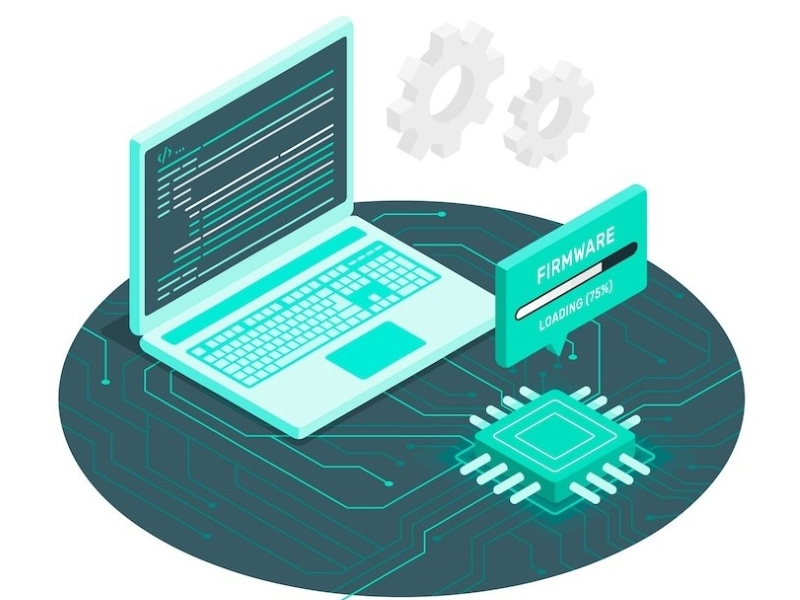- Unlike standard software applications that run on top of an operating system, firmware operates at a much lower level.
- Firmware in computer science is a piece of machine-level software that gives instructions for a machine.
In the world of computer science, it’s crucial to understand the different types of software that power our devices. One often overlooked but essential component is firmware. While it may not always be in the spotlight, firmware plays a fundamental role in the operation of hardware. In this blog, you can understand the firmware in computer science.
What is firmware in computer science
In computer science, firmware is a specialised type of software embedded into hardware devices to control and manage their basic functions. It operates at a low level, providing the necessary instructions for hardware components to function correctly and interact with the operating system. Firmware is crucial for initialising hardware during the boot process, managing essential hardware operations, and enabling communication between the hardware and software. It is typically stored in non-volatile memory like ROM or flash memory, ensuring that it remains intact even when the device is powered off. Examples include BIOS (basic input/output system) or UEFI (unified extensible firmware interface) in computers, which are responsible for the initial hardware setup and boot process.
Also read: Is cyber security more valuable than computer science?
How firmware Works
Firmware operates behind the scenes, often without user interaction. Its role includes:
System startup: In computers, firmware such as BIOS or UEFI initialises and configures hardware components like the CPU, memory, and storage devices. It performs essential checks and sets up the environment for the operating system to load.
Hardware management: Firmware manages various hardware functions, including interfacing with peripherals, handling input/output operations, and controlling system components. For example, firmware in a router manages network traffic and connectivity.
Interface between hardware and software: It acts as a bridge between the hardware and the operating system, ensuring that both can work together effectively. This includes managing data transfer, device settings, and more.
Also read: What is firmware engineering and what are its applications?
Why firmware is important
Firmware provides the foundational instructions necessary for hardware components to operate reliably. Without it, hardware would be unable to perform its intended functions. Properly functioning firmware can optimise hardware performance, ensuring efficient operation and enhancing the overall user experience. Besides, firmware updates can address vulnerabilities and enhance security, protecting devices from potential threats and exploits.
Firmware is updated periodically to fix bugs, improve performance, or add new features. While updates are essential, they require careful handling. Incorrect updates can potentially disrupt hardware functionality or even render a device inoperable. Manufacturers release firmware updates to address issues or to provide enhancements, and these updates are typically applied through a software utility or during system boot-up.
Firmware may not always be visible or widely discussed, but its role in computer science is both vital and foundational. By managing hardware components, ensuring system stability, and facilitating communication between hardware and software, firmware is integral to the functionality of modern devices. Understanding firmware helps us appreciate the complex interplay between hardware and software, providing a clearer picture of how our devices operate seamlessly.

